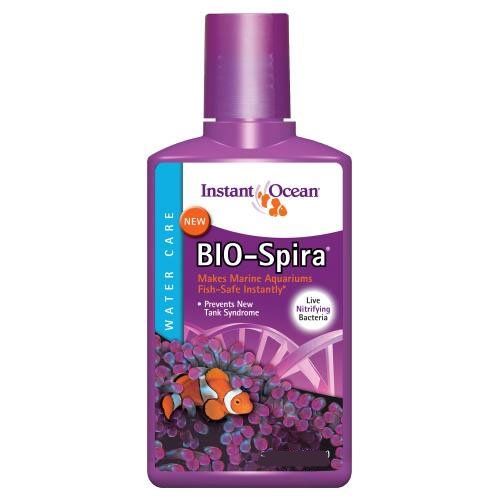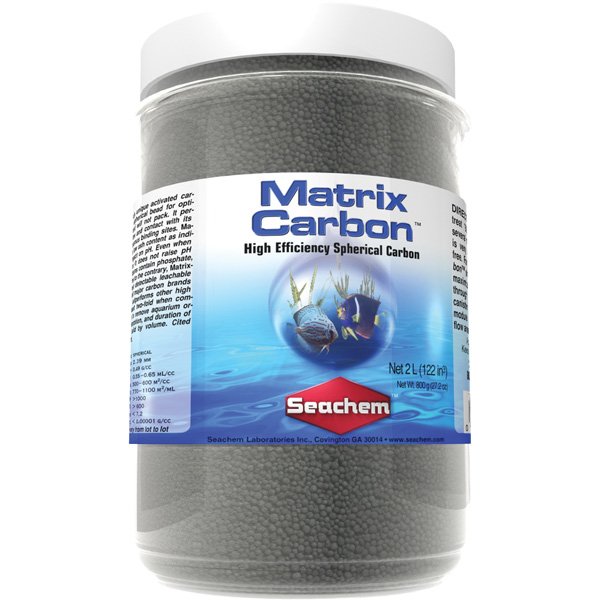 Cycling your aquarium tank is probably something that you have never heard of unless you are an avid aquarium keeper. The effects of the cycling process are sometimes referred to as “New Tank Syndrome.”
Cycling your aquarium tank is probably something that you have never heard of unless you are an avid aquarium keeper. The effects of the cycling process are sometimes referred to as “New Tank Syndrome.”
“Cycling the tank” means that you are establishing a bacteria bed in your biological filter to remove the toxins that the fish’s metabolism creates.
There are right ways and wrong ways to do this.
There are two steps to cycling.
First, your filter will grow a culture of bacteria that digest ammonia and turn it into Nitrite, then your filter produces bacteria that digest Nitrite and turn it into harmless Nitrate. However, Nitrate will contribute to stress and appetite loss in your fish, as well as contributing to algae growth, so it is important to do regular small water changes to keep your tank in best condition.
Adding Instant Ocean Bio-Spira to a new tank eliminates the cycling period and allows you to add fish immediately without risking their health, in most cases.
How Do I Cycle MY Tank?
If you do not use something like Bio-Spira, yyou should cycle your tank with a small number of fish. They should be hearty fish, and something that you will want to have in your tank in the long run.
Cycling the tank takes between two and eight weeks depending on several factors including:
Amount of ammonia in water for bacteria to digest
Availability of bacteria in atmosphere to colonize filter
Frequency and relative amount of water changes
Reliability of source of waste (ammonia and nitrite)
Amount of excess decaying matter in tank (dead fish, extra food, plant leaves, etc.)
Presence of toxins/anti-bacterial agents/sanitation chemicals in tank water
Use of chemicals to remove ammonia from the water.
Looking to learn more on how to maintain the cleanliness and clearness of your fish tank? Check out this petmaintain blog.

